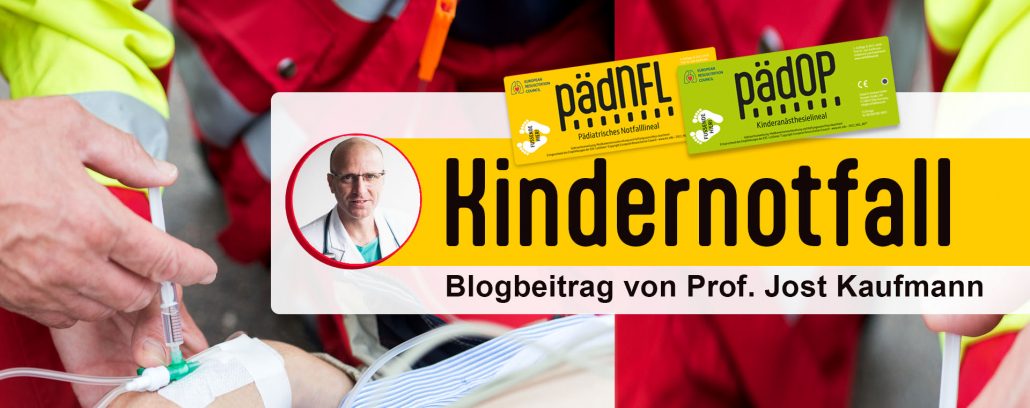August 12, 2023
Emergency paramedics allowed to administer narcotics
On July 27, 2023, several amendments to the BtMG entered into force [1]. The following (abbreviated) statement is decisive: “Narcotics may be administered by emergency paramedics without a prior doctor’s order if they act in accordance with standardized medical instructions, the arrival of a doctor cannot be awaited and the administration is necessary to avert danger to health or to eliminate or alleviate significant discomfort.” It is now up to the medical directors of the emergency services to define standardized procedural instructions and to create organizational conditions that guarantee safety aspects and the documentation obligation. In principle, this is an opportunity for faster, adequate pain therapy and thus a significant improvement in patient care. The legal text contains no statement on the age of patients or whether children – and if so, at what age – should also benefit from this change in the law. Caution in pediatric emergencies From the point of view of pediatric medicine, particular caution and the involvement of experts with pediatric pharmacological knowledge are imperative when planning concepts. Significant aspects in this regard are also addressed in the S2K guideline “Medication Safety in Pediatric Emergencies” [2]. For example, it also refers to children with a highly elevated risk profile, reviews the relevant literature, and provides specific recommendations. The table from the guideline:
Children at greatly increased risk for respiratory depression from opioids and/or sedatives.
-
- Muscle weakness, muscular or neurological in origin
- Upper airway obstruction, obstructive sleep apnea syndrome
- Neurodevelopmental delays or limitations.
- Neurodegenerative diseases
- Various syndromal diseases
- Difficult anatomical conditions of the airway
- Renal function impairment
Avoid dangerous dosing errors with the PedNFL In addition, dosing errors with opioids are particularly dangerous and must be urgently avoided. Using fentanyl as an example, it was shown that threatening dosing errors previously occurred in 44% of children and that the use of the Pediatric Emergency Narcotics Lateral (PädNFL; www.paednfl.de) completely prevented such errors [3].
Literature:
- Act to Combat Supply Shortages of Off-Patent Drugs and to Improve the Supply of Pediatric Drugs (Arzneimittel-Lieferengpassbekämpfungs- und Versorgungsverbesserungsgesetz – ALBVVG). BGBl. 2023 I No. 197 dated 26.07.2023
- Kaufmann J, Rascher W, Neubert A, Eich C, Krebs M, Schwab R, et al. S2k Guideline 027/071: “Medication Safety in Pediatric Emergencies” AWMF 2021; https://www.awmf.org/leitlinien/detail/ll/027-071.html
- Kaufmann J, Roth B, Engelhardt T, Lechleuthner A, Laschat M, Hadamitzky C, et al. Development and Prospective Federal State-Wide Evaluation of a Device for Height-Based Dose Recommendations in Prehospital Pediatric Emergencies: A Simple Tool to Prevent Most Severe Drug Errors. Prehosp Emerg Care 2018; 22: 252-259.

